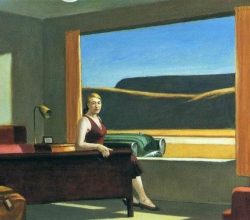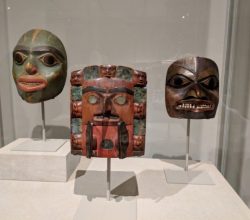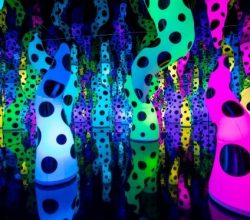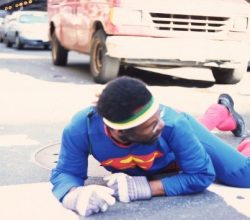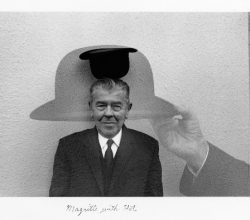
The Ceaseless Innovation of Duane Michals
Martin Filler | The New York Review of Books | 15th November 2019
Some artists – just a few – seem endlessly innovative. Michals is one. He was never attracted to the photography of objective story telling, à la Life magazine. His work is almost the opposite – staged sequences, handwriting on his images, manipulated images. In so doing he has expanded what photography can be. As the curator expresses it “Duane cut photography’s umbilical cord”.

